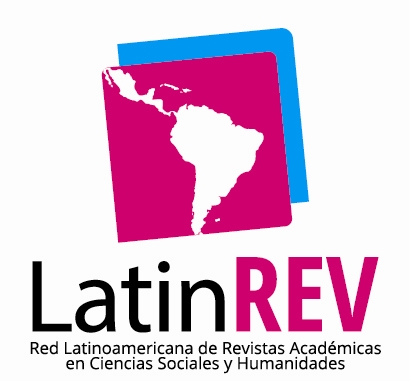Efficiency and effectiveness in decision-making for the allocation and execution of the cultural budget: a challenge for territorial entities in Colombia
DOI:
https://doi.org/10.70254/controlvisible.2021.1.10Keywords:
cultural policies , cultural public expenditure, culture, cultural auditingAbstract
In Colombia, discussions on the culture budget bring with them the stigma of a sector considered as 'the Cinderella' of national public spending. However, the empirical evidence of this study shows that, at the territorial level, the great challenge in the allocation and execution of resources is to achieve efficiency and effectiveness. The results obtained highlight the importance of increasing the percentage of execution, reducing budgetary lags and analyzing the demographic, geographic, socioeconomic, development or quality of life characteristics of municipalities, in order to make an equitable distribution and execution of resources that guarantee the cultural rights contemplated in the Political Charter; in this sense, it is proposed to design instruments of territorial cultural public policies, through the creation of master and development plans, a cultural public agenda and evaluation and monitoring mechanisms that allow evaluating the impact of the invested resources. It also proposes the need to configure a theoretical-practical platform within the cultural institutional framework to support decision-makers in identifying and addressing the problems of the sector.
Downloads
References
BAUMOL, W. y BOWEN, W. (1966). Performing arts: the economic dilemma. New York, United States: Twentieth Century Fund.
Bonet, L., & Négrier, E. (2018). The participative turn in cultural policy: Paradigms, models, contexts. Poetics, 66, 64-73. https://doi.org/10.1016/j.poetic.2018.02.006
BONNEFOY, J.C. y ARMIJO, M (2005). Indicadores de desempeño en el sector público. Chile: CEPAL-ILPES.
CAVES, R. (2000). Creative Industries: Contracts between art and commerce. Cambridge, United States: Harvard University Press.
CEPAL & OEI (2014). Cultura y Desarrollo Económico en Iberoamérica. Madrid: Grafilia S.L.
República de Colombia. Constitución Política de 1991. Gaceta Oficial de la Asamblea Nacional Constituyente. Bogotá D.C., Colombia, 4 de julio de 1991.
DE VANY, A. (2004). Hollywood economics. London, England: Routledge.
DANE (2017). División Político-Administrativa de Colombia. Bogotá: DANE. Recuperado de: http://geoportal.dane.gov.co:8084/Divipola/servicio.jsp
GARCÍA-CANCLINI, N. (1999). El consumo cultural: una propuesta teórica en El consumo cultural en América Latina. Bogotá, Colombia: D’ Vanny.
KEYNES, J. ([1930] 1963). Economic Possibilities for our grandchildren en Essays in Persuasion. New York, United States: W.W. Norton & Co.
MENA, J. (2016). Análisis de Datos como Insumo para el Control Fiscal. Bogotá: Universidad Externado de Colombia.
POTTS, J. & CUNNINGHAM, S. (2008). Four models of the creative industries. International Journal of Cultural Policy, 14 (3): 233-49
SAMUELSON, P. (1955). Diagrammatic exposition of a theory of public expenditure. The Review of Economics and Statistics, 37 (4): 350-356.
SMITH, A. ([1776] 1994). La riqueza de las naciones. Madrid, España: Alianza Editorial.
THROSBY, D. (2001). Economía y Cultura. Madrid, España: Cambridge University Press.
____________(2010). The Economics of Cultural Policy. Cambridge, Inglaterra: Cambridge University Press.
TOWSE, R. (2012). Handbook of Cultural Economics. Cambridge, Inglaterra: Cambridge University Press.
Downloads
Published
License
Copyright (c) 2022 Control Visible

This work is licensed under a Creative Commons Attribution-NonCommercial 4.0 International License.
How to Cite












